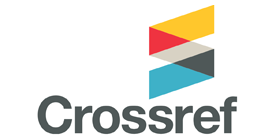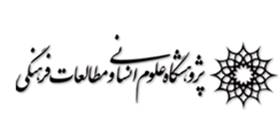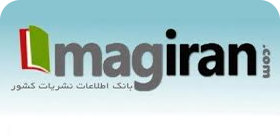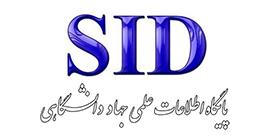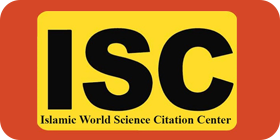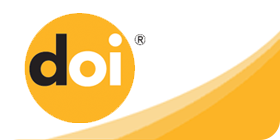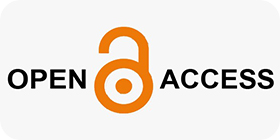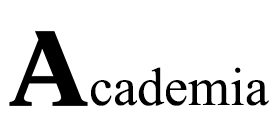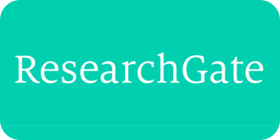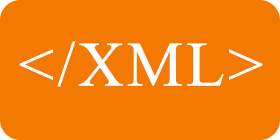Comparing the Effectiveness of Instructional Mental Imagery and Tolerance of Ambiguity Training on Students' Academic Procrastination
Keywords:
Instructional Mental Imagery Training, Tolerance of Ambiguity Training, Academic Procrastination, StudentsAbstract
Purpose: Academic procrastination detrimentally affects students' other academic performances. Consequently, this study aimed to compare the effectiveness of instructional mental imagery and tolerance of ambiguity training on students' academic procrastination. Methodology: This quasi-experimental research involved two experimental groups and one control group, with a pre-test, post-test, and two-month follow-up design. The study population consisted of all female twelfth-grade students in both public and private schools in Bojnurd during the 2023-2024 academic year. The sample included 45 students selected through purposive sampling and randomly assigned into three equal groups (each group containing 15 students). The first experimental group underwent twelve 90-minute sessions of instructional mental imagery training, and the second experimental group received nine 90-minute sessions of tolerance of ambiguity training based on the cognitive-behavioral approach, while the control group received no training. Data were collected using the Solomon and Rothblum (1984) Academic Procrastination Questionnaire and analyzed using repeated measures ANOVA and Bonferroni post-hoc test in SPSS-25. Findings: The findings indicated significant differences between groups in terms of reducing students' academic procrastination. Both the instructional mental imagery and tolerance of ambiguity training methods significantly reduced academic procrastination in the post-test and follow-up stages compared to the control group (P<0.05). Moreover, there was no significant difference between the instructional mental imagery and tolerance of ambiguity training methods in reducing students' academic procrastination (P>0.05). Conclusion: Given the effectiveness of both instructional mental imagery and tolerance of ambiguity training methods in reducing students' academic procrastination, school counselors and psychologists can utilize these methods alongside other educational approaches to reduce academic procrastination.




